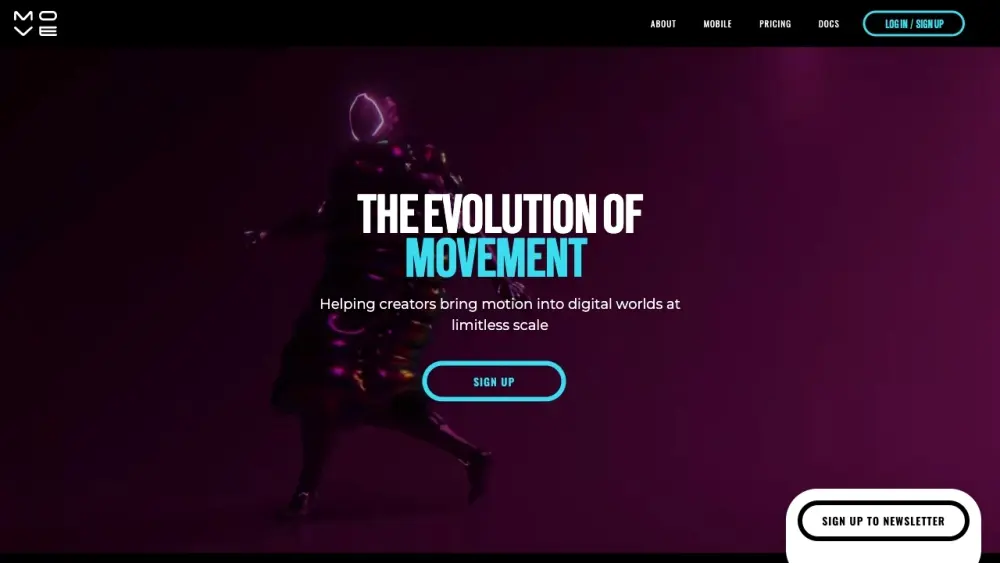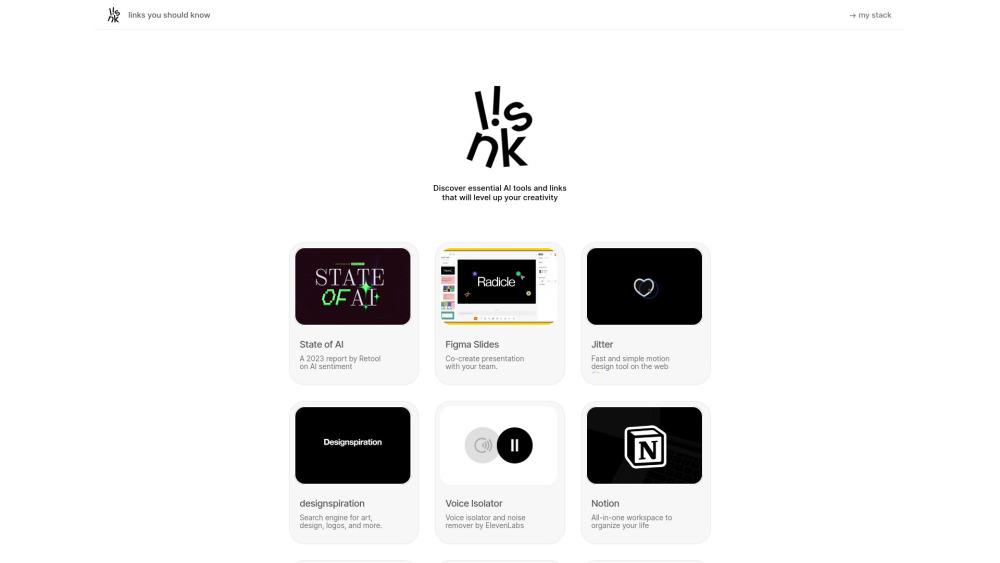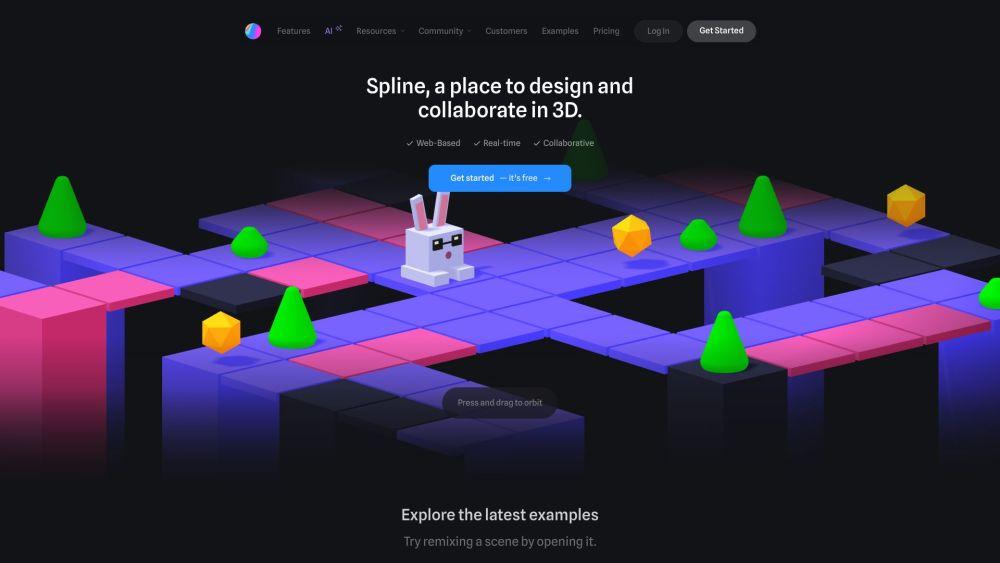DreamGaussian - Generative Gaussian Splatting for 3D Content Creation
Product Information
Key Features of DreamGaussian - Generative Gaussian Splatting for 3D Content Creation
Generative 3D Gaussian Splatting model, companioned mesh extraction, texture refinement in UV space, efficient image-to-3D generation, and text-to-3D generation capabilities.
Generative 3D Gaussian Splatting
A novel model that uses 3D Gaussian Splatting to generate high-quality textured meshes efficiently.
Companioned Mesh Extraction
A technique that extracts high-quality meshes from the generated 3D Gaussian Splatting model.
Texture Refinement in UV Space
A method that refines the textures of the generated meshes in UV space to improve their quality.
Efficient Image-to-3D Generation
A capability that generates high-quality textured meshes from single-view images in just 2 minutes.
Text-to-3D Generation
A capability that generates high-quality textured meshes from text by first converting text to an image and then using the image-to-3D generation capability.
Use Cases of DreamGaussian - Generative Gaussian Splatting for 3D Content Creation
Generate high-quality textured meshes from single-view images for various applications such as computer-aided design, video games, and virtual reality.
Use DreamGaussian for text-to-3D generation to create 3D models from text descriptions.
Apply DreamGaussian to generate 3D models from images with non-zero elevation angles.
Utilize DreamGaussian to accelerate the 3D content creation process, reducing the time and effort required to generate high-quality textured meshes.
Pros and Cons of DreamGaussian - Generative Gaussian Splatting for 3D Content Creation
Pros
- Achieves both efficiency and quality simultaneously, producing high-quality textured meshes in just 2 minutes from a single-view image.
- Supports images with non-zero elevation angles.
- Can be used for text-to-3D generation.
- Generates high-quality textured meshes efficiently, reducing the time and effort required for 3D content creation.
Cons
- May require significant computational resources to generate high-quality textured meshes.
- The quality of the generated meshes may depend on the quality of the input images or text descriptions.
- May not be suitable for applications that require extremely high levels of detail or realism.
How to Use DreamGaussian - Generative Gaussian Splatting for 3D Content Creation
- 1
Input a single-view image or text description into the DreamGaussian framework.
- 2
Select the desired output settings, such as the level of detail or texture quality.
- 3
Run the DreamGaussian framework to generate a high-quality textured mesh.
- 4
Refine the generated mesh using the texture refinement in UV space capability to improve its quality.







